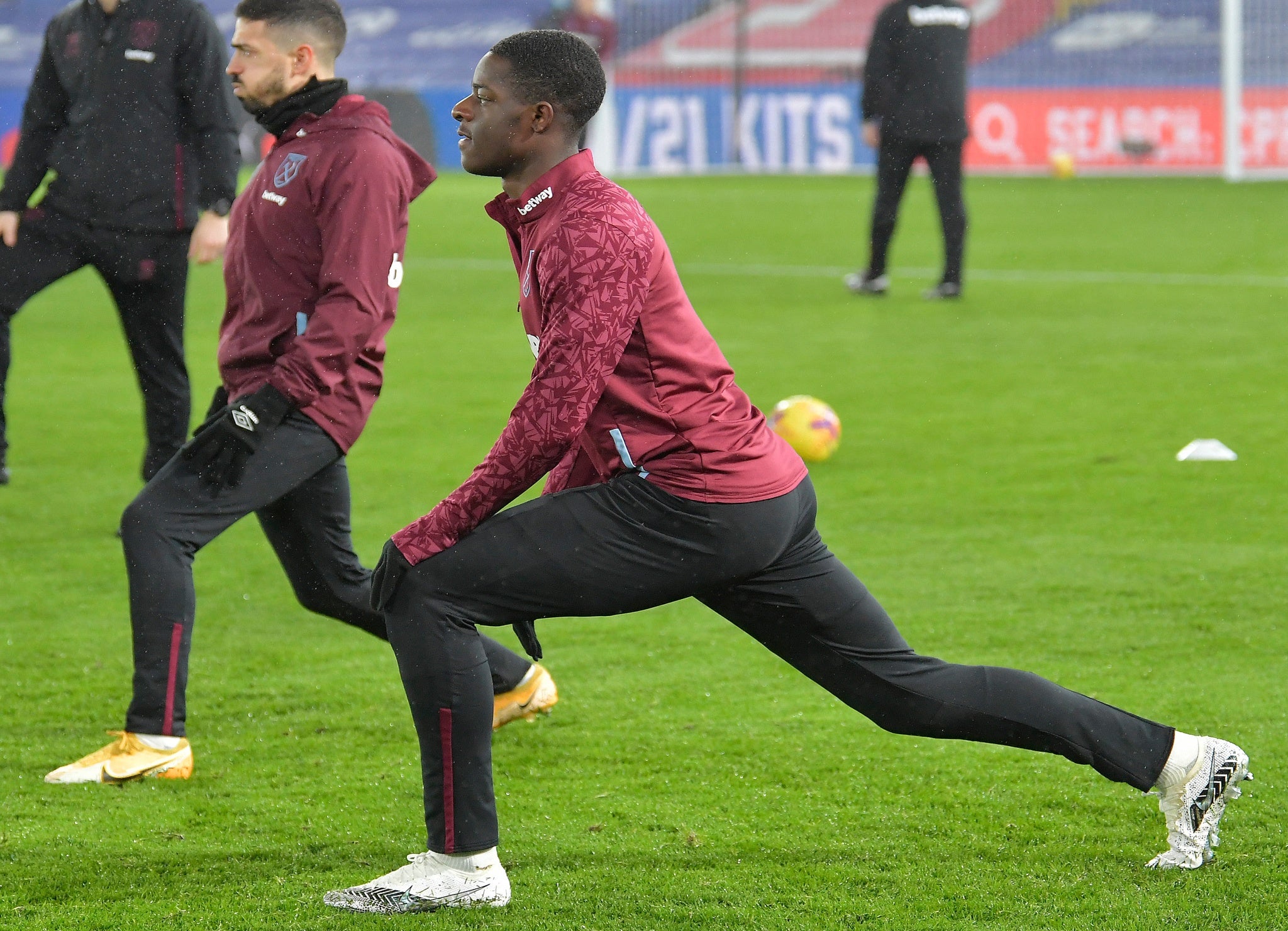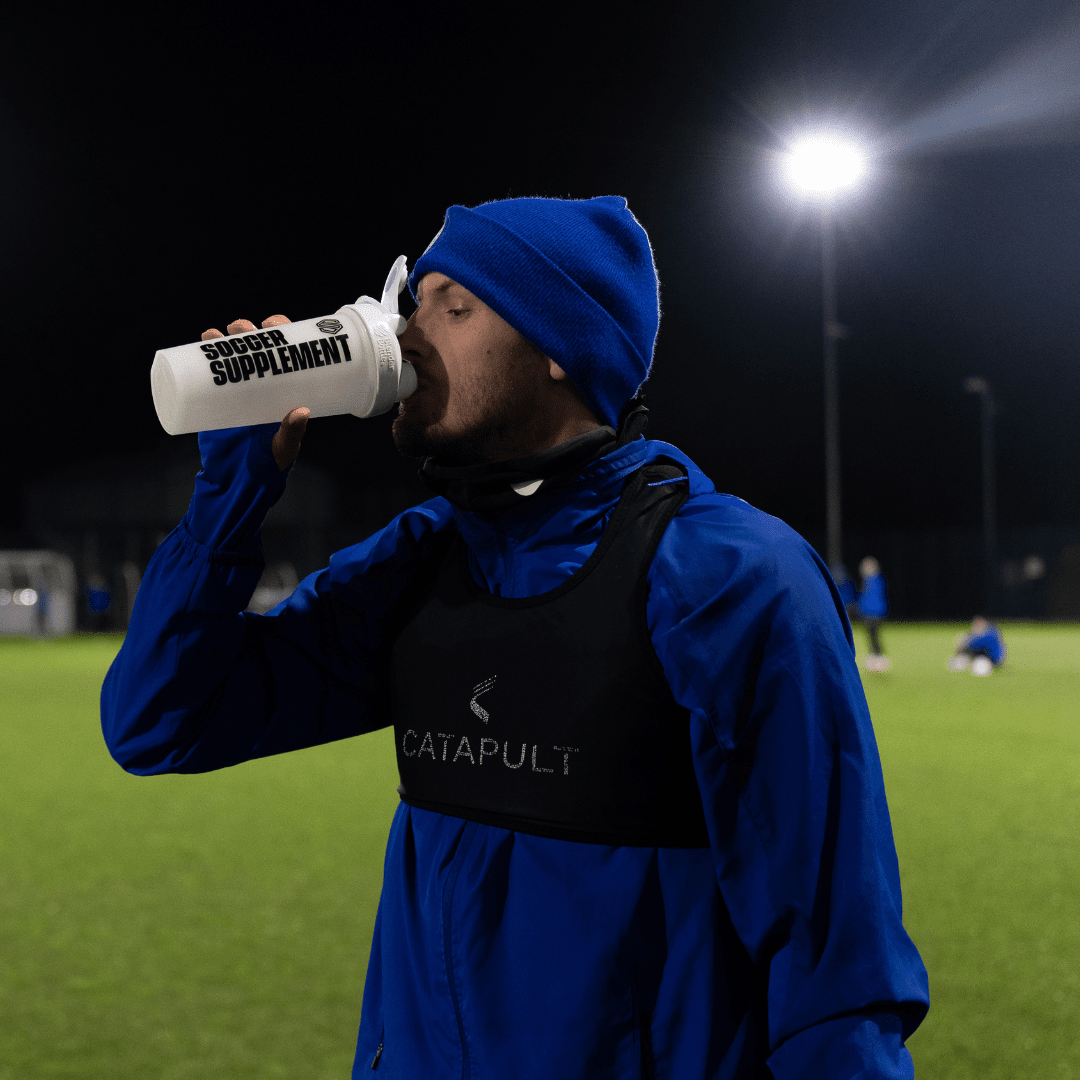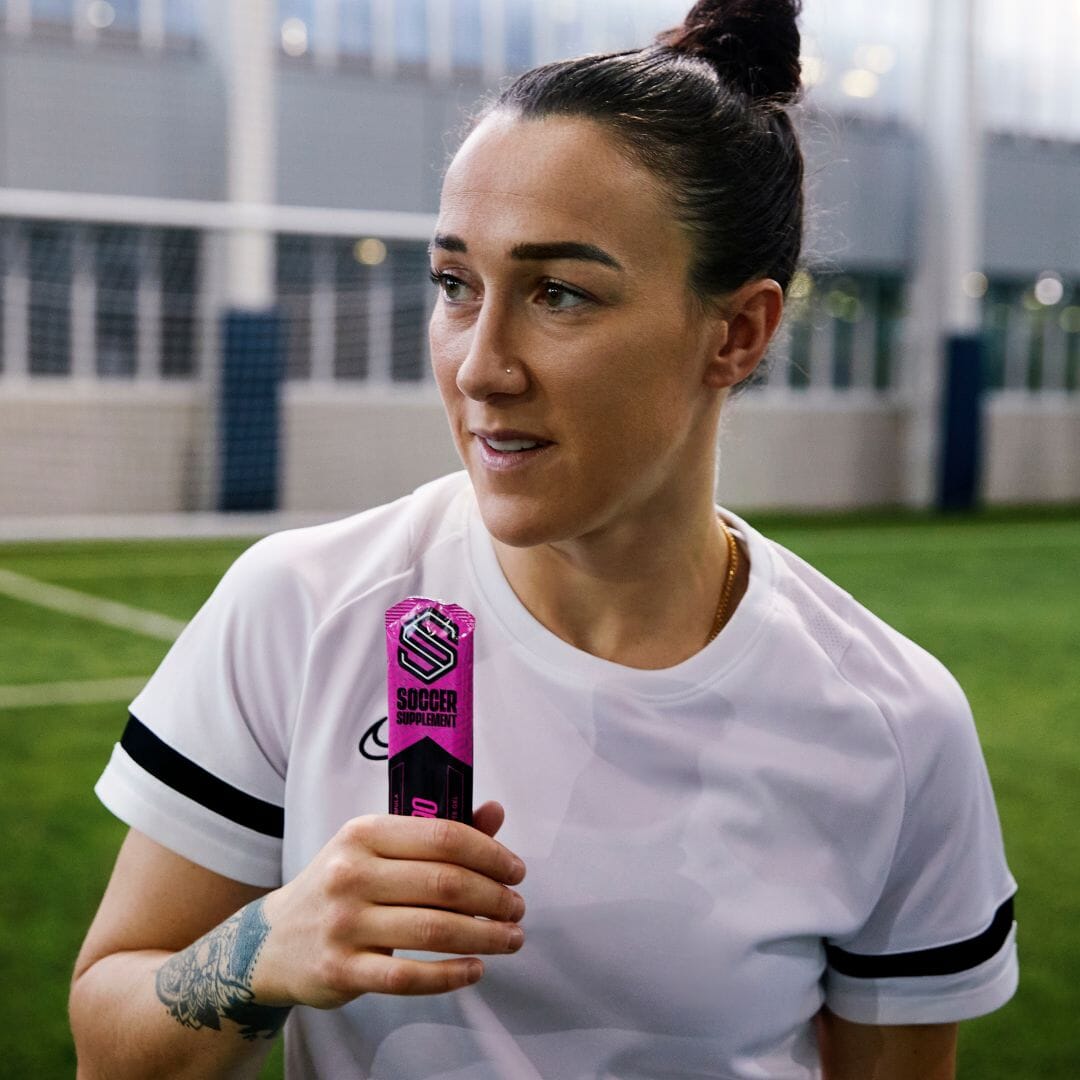Hamstring tears can blight the careers of many players across the footballing pyramid, especially those that suffer more than one! If you can reduce your risk of a hamstring injury then it stands to reason that you can increase your minutes, improve your performance and are likely to prolong your footballing career. Naturally you cannot control every contributor, but managing a few of the variables that are in your control can reduce the risk.
1. Exercise Selection
To prepare any muscles for the intensity of football you need to select exercises linked to strengthening them. For hamstrings these would include Romanian Deadlifts, Nordic Curls and Barbell Bridging. Include at least two of these in your weekly routine to increase hamstring strength and resistance to injury, but not during the build-up to matches or the 24-48 hours following a game.
Nutrition is an important consideration for these gym sessions as you will need to repair your muscles following your work out. Take on protein when training, such as our Whey90® protein isolate, and ensure that you stay suitably hydrated with Hydrate90®, which contains the necessary vitamins, minerals and electrolytes.
2. Max Speed Running
Hamstring injuries often occur when a footballer is at the beginning of, or in the midst of, a maximal sprint. During these sprints the hamstrings absorb a lot of the burden, and if a player is not used to sprinting at top speed they may be in greater danger of injury next time they attempt to. It is important to ensure your hamstrings are used to, and prepared for, the action of sprinting. Take away - sprint fast, sprint often.
3. Adequate Flexibility
Inadequate warm ups, fatigue from previous training and games, and even poor posture or a lack of day to day mobility can all increase the probability of a hamstring injury. Half of the equation falls down to strength, as discussed in point 1. The other half is about length. Implement both static and dynamic stretching prior to your training sessions and matches to help you develop the flexibility needed to keep your hamstrings healthy. The phrase to remember when preparing hamstrings… Long and Strong!
4. Nailing Recovery
For footballers who play and train multiple times a week, recovery is a crucial element of their routine. Sleep and nutrition need to be the foundations of this, with 8+ hours of sleep per night complemented by correct nutrition. A balanced combination of protein and carbohydrate, such as that found in our Recover90® protein blend is crucial to optimise your recovery.
Read more about How to Recover Like a Pro After Football Matches
5. Managing Minutes
It can often be tempting to get as much game time as possible, especially after a long break such as lockdown, but going too hard too soon can often lead to niggling, if not more severe, injury issues. If your hamstrings are still tight on the Tuesday after a match on Saturday that is your clue, manage those minutes! Slowly increasing your minutes after a break without matches or training is essential to giving your body the chance to readjust to the intensity of the competitive game.
It is fair to say that almost all of us will encounter a hamstring issue throughout our careers, of varying intensity. However, doing what you can to limit the damage done or, if possible, avoid the injury altogether, will help to increase your playing time, prolong your career and, if implemented appropriately, improve your performance.
We’ll shortly be looking at other common issues that footballers face, including ankle rolls and tight groins, so stay tuned for more.
Click here to shop our range of Elite Footballer Nutrition











